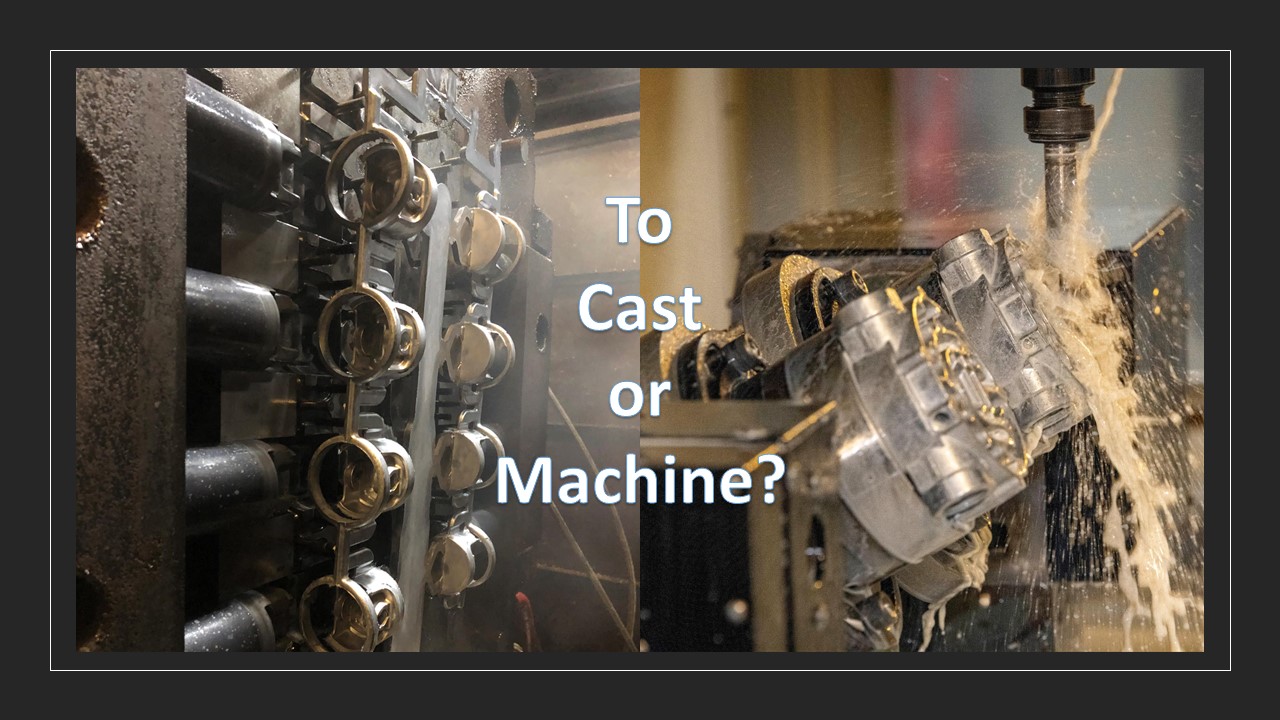
This article concludes our series exploring the dimensional capability of high pressure die casting.
In part 5 of our series, we will evaluate the decision making process used to determine if a feature with a tight tolerance should be held at cast or CNC machined.
We can work through the decision tree by answering a few questions.
Is the geometry of the casting suitable for maintaining tight tolerances?
A casting designed with constant wall thickness, sufficient draft, structural ribbing, generous radii and adequate ejector pin placement will increase the potential of holding tight tolerances. If casting is not designed well, then it is unrealistic to expect to exceed NADCA Precision tolerances. See our blog article, 10 concepts for a successful die casting design, for more detail.
Can the die feature forming the critical dimension be replaced or repaired?
Process capability decreases with each casting produced from the die. You can maintain tight tolerances if the die design allows for critical features to be replaced. If the die is designed in a way that the entire cavity must be replaced, then it may be more economical to machine the casting.
By what amount does your desired tolerance exceed the NADCA Precision tolerance?
If your desired tolerance is within 10-20% of the NADCA Precision tolerance, then you can typically control it as cast. The design of the casting is extremely important when trying to exceed this range.
Are other features being machined on the casting?
Some features, such as Tapped holes or bores with micro finish call outs, must be machined. The cost to machine an additional feature is much lower in this situation. If the desired feature can be machined using the existing features, then it may be more economical to machine the part. If the desired feature is the ONLY machining needed, then there is a significant advantage to holding the tolerance at cast.
What’s your timeline?
The casting process and the die can be adjusted over time to optimize the process. We do not always have the luxury of sampling and adjusting the die multiple times to attain process capability. If the tolerance required greatly exceeds NADCA tolerances and you are on a tight timeline, then machining may be a better option.
The NADCA Product Specification Book states that you should consult your die caster when a tolerance that meets or exceeds precision tolerance is required. This is good advice, as every situation and part are different. The functional and financial success of each project depends on this collaboration, so an experienced team makes a difference.
These questions should provide some insight into the discussion you may have with your caster when making this decision.
Check out our previous articles in the Dimensional Capabilities Series here:
Die Casting Dimensional Capabilities Part 1
Die Casting Dimensional Capabilities Part 2
Die Casting Dimensional Capabilities Part 3


